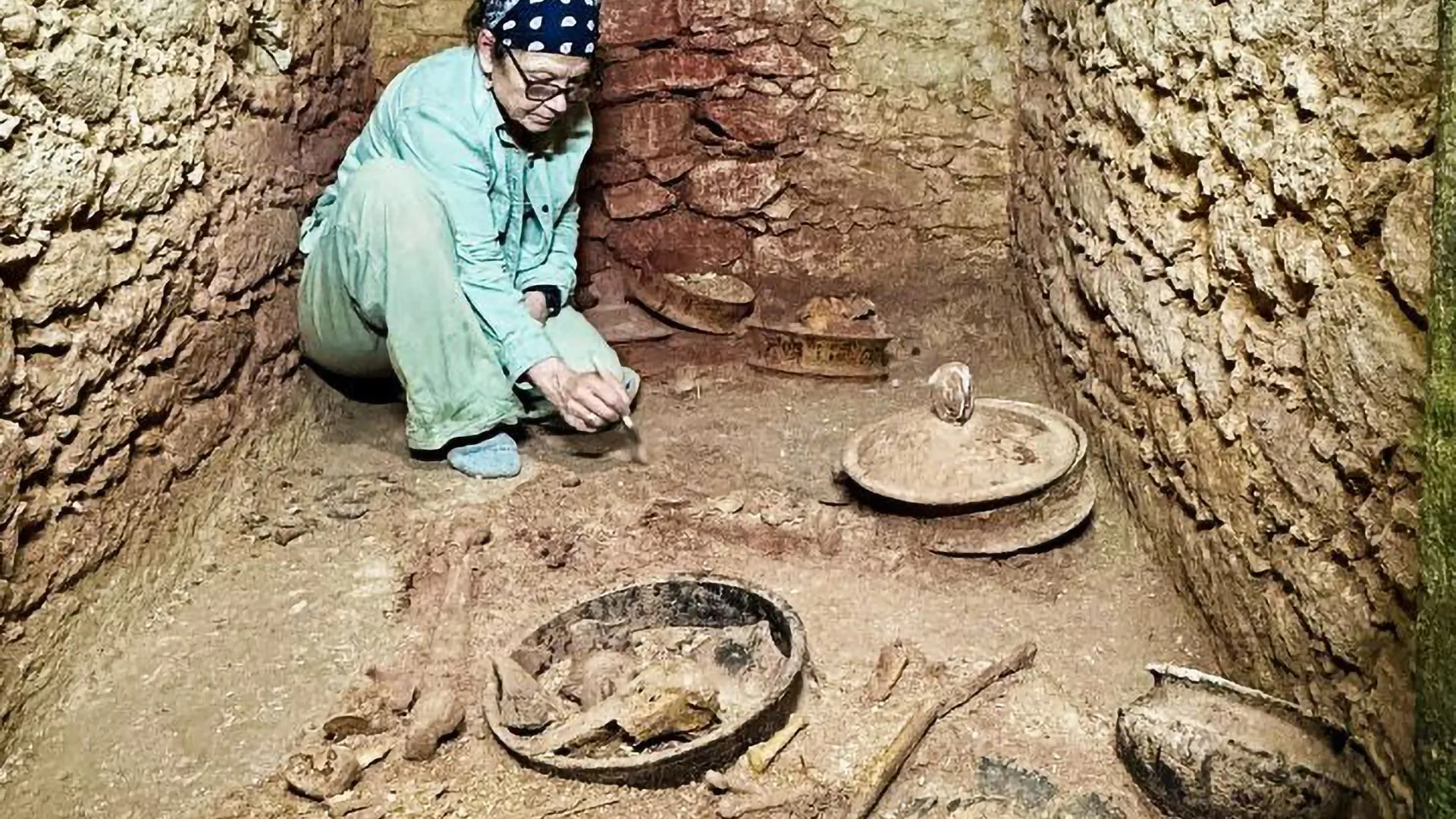
Mesoamerican
Mesoamerica is a historical region and cultural area in North America. It extends from approximately central Mexico through Belize, Guatemala, El Salvador, Honduras, Nicaragua, and northern Costa Rica. Within this region pre-Columbian societies flourished for more than 1,000 years before the Spanish colonization of the Americas. Mesoamerica was the site of two of the most profound historical transformations in world history: primary urban generation, and the formation of New World cultures out of the long encounters among Indigenous, European, African and Asian cultures. In the 16th century, Eurasian diseases such as smallpox and measles, which were endemic among the colonists but new to North America, caused the deaths of upwards of 90% of the indigenous people, resulting in great losses to their societies and cultures. Mesoamerica is one of the five areas in the world where ancient civilization arose independently, and the second in the Americas.


/cloudfront-us-east-2.images.arcpublishing.com/reuters/NGAGGU76AZOIHNLPMMYEKMZDEU.jpg)

